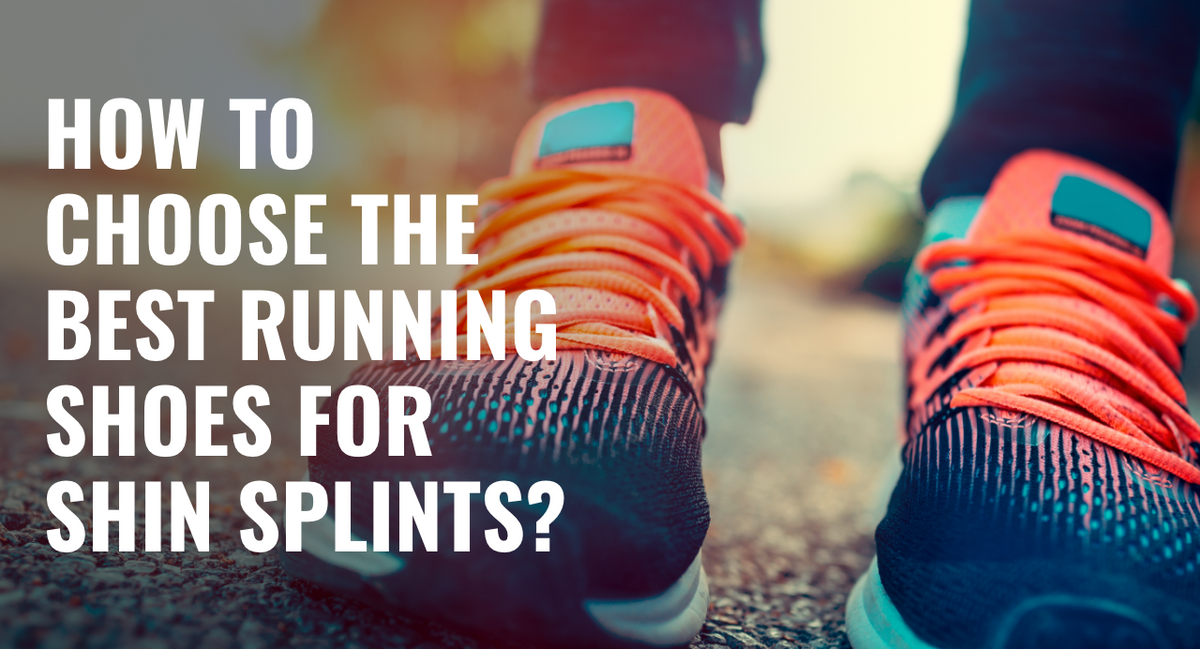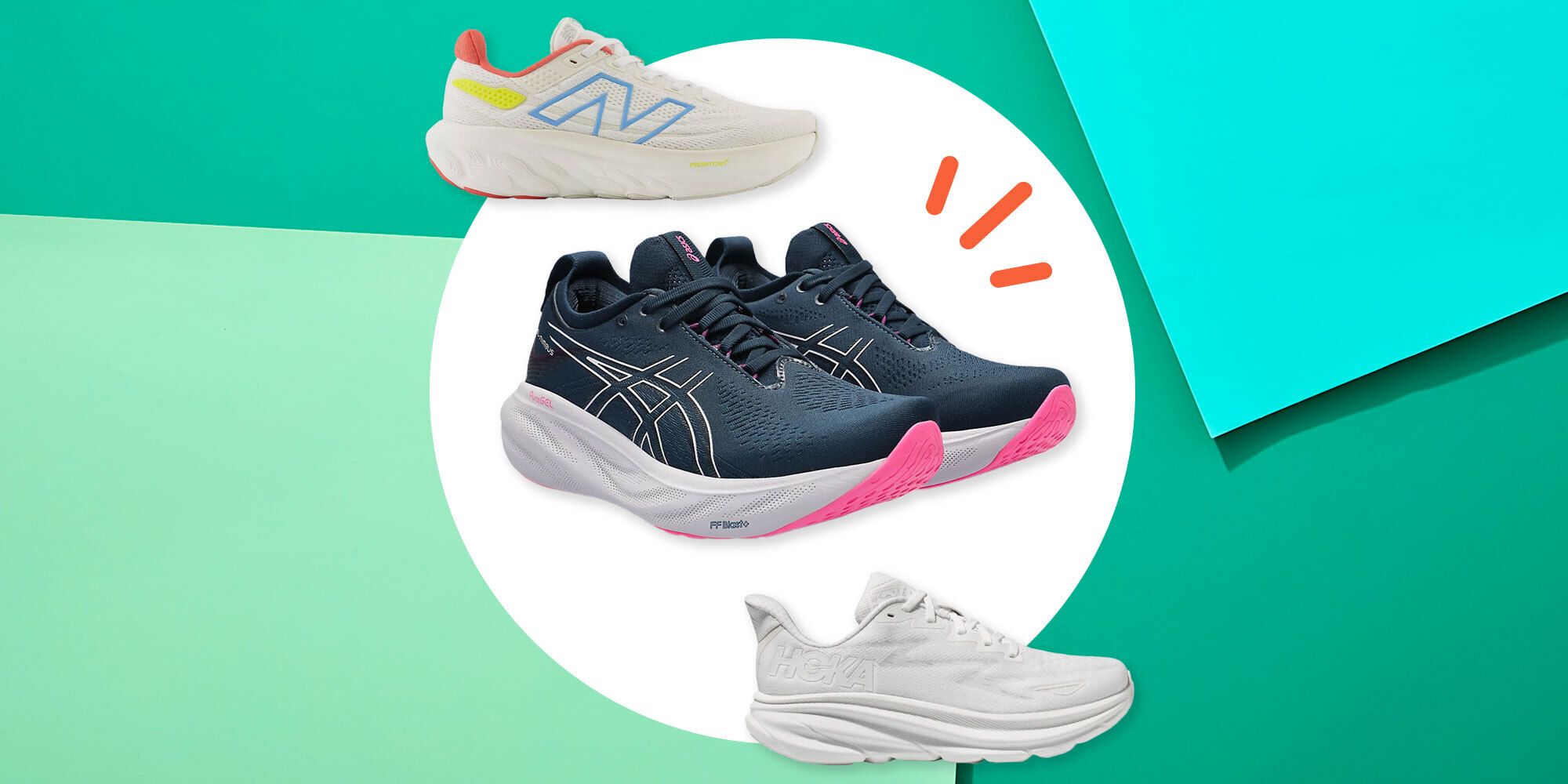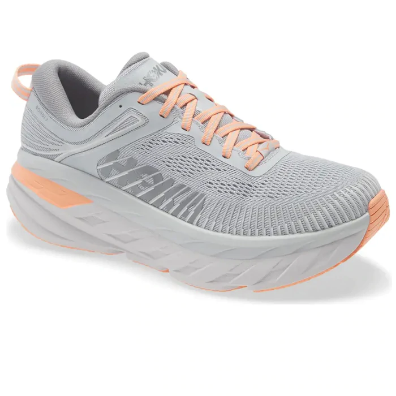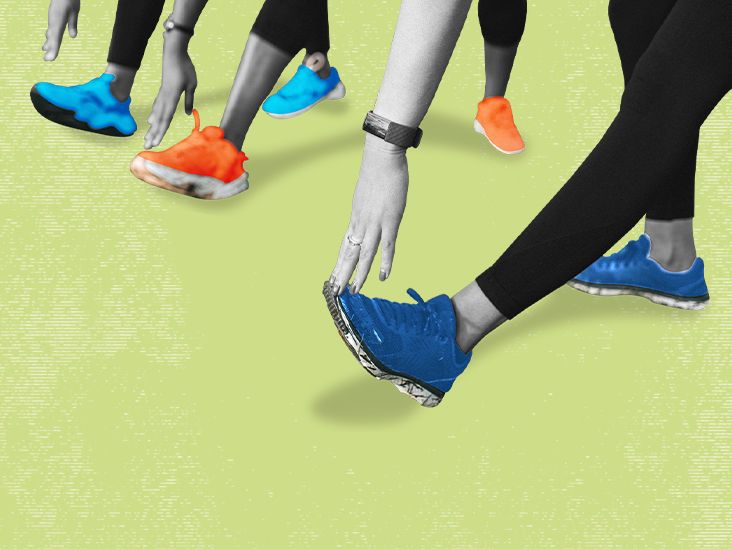Understanding Shin Splints: What You Need to Know
What Causes Shin Splints?
Shin splints can be attributed to various factors, including overuse, improper running techniques, and inadequate footwear. When the muscles and tendons surrounding the shinbone become overloaded, it leads to pain and inflammation. Common causes include:
- Improper footwear: Shoes lacking support, cushioning, or stability can exacerbate shin splints.
- Overtraining: Sudden increases in intensity or duration in workouts can strain your leg muscles.
- Running surfaces: Hard surfaces, like concrete, can increase the risk of shin splints.
- Foot structure: Flat feet or high arches can affect how weight is distributed during physical activity.
Symptoms of Shin Splints
Recognizing the symptoms early can help prevent further injury:
- Pain along the inner shin: Usually occurs during or after physical activity.
- Tenderness and soreness: This may persist even when at rest.
- Swelling: In some cases, you may notice swelling over the shinbone itself.

The Importance of Choosing the Right Shoes
How Shoes Impact Shin Splints

The right footwear plays a crucial role in providing the support needed to alleviate shin splint discomfort. Shoes with adequate cushioning absorb impact, while those with proper arch support help distribute weight evenly. It’s vital to avoid shoes that are worn out or lack support, as they can lead to further strain on the legs.
What to Look for in Shoes for Shin Splints

When searching for shoes to combat shin splints, consider the following features:
- Cushioning: Adequate cushioning helps absorb shock and reduces stress on the legs.
- Arch support: Proper arch support can help maintain your foot’s natural alignment.
- Stability: Shoes designed for stability help prevent overpronation, which can contribute to shin splints.
- Fit: Ensure your shoes fit well, with enough space in the toe box and a snug but comfortable heel.
Top Doctor Recommended Shoes for Shin Splints

1. ASICS Gel-Kayano 28
Overview
The ASICS Gel-Kayano 28 is a favorite among those suffering from shin splints. It provides a perfect balance of cushioning and support, making it ideal for long runs or daily wear.

Features
- Dynamic DuoMax™ Support System: Enhances support and stability.
- GEL™ technology: Offers excellent shock absorption.
- FlyteFoam™ Propel technology: Lightweight and responsive cushioning.
Pros and Cons
| Pros | Cons |
|---|---|
| Excellent cushioning | Slightly higher price point |
| Good arch support | May run small |
| Durable construction | Bulky design for some |

2. Brooks Adrenaline GTS 22
Overview
Another excellent choice for those with shin splints, the Brooks Adrenaline GTS 22 offers exceptional support and comfort for both casual and serious runners.

Features
- GuideRails® holistic support system: Helps reduce excess movement.
- BioMoGo DNA midsole: Adapts to your stride for customized cushioning.
- Engineered mesh upper: Provides breathability and comfort.
Pros and Cons
| Pros | Cons |
|---|---|
| Great for flat feet | Not enough cushioning for some |
| Excellent stability | Heavier than some competitors |
| Breathable material | Break-in period required |

3. New Balance Fresh Foam 1080v11
Overview
The New Balance Fresh Foam 1080v11 is a highly cushioned shoe that is perfect for those looking for maximum comfort while dealing with shin splints.
Features
- Fresh Foam cushioning: Provides a plush, cloud-like feel.
- Hypoknit upper: Offers strategic stretch and support.
- Bootie construction: Enhances comfort around the heel.
Pros and Cons
| Pros | Cons |
|---|---|
| Excellent cushioning | Bulky design |
| Comfortable fit | Pricey compared to others |
| Great for long distances | May not suit narrow feet |
4. Saucony Guide 14
Overview
The Saucony Guide 14 is another popular option among runners who suffer from shin splints, as it combines comfort and stability.
Features
- PWRRUN cushioning: Provides lightweight responsiveness.
- Supportive fit: Offers a snug feel to prevent foot movement.
- FORMFIT technology: Adapts to the shape of your foot for a personalized fit.
Pros and Cons
| Pros | Cons |
|---|---|
| Lightweight and responsive | Less cushioning for some |
| Wide fit options available | Limited color options |
| Excellent for various terrains | Durability may vary |
5. Hoka One One Bondi 7
Overview
Hoka One One Bondi 7 is known for its maximalist cushioning, making it ideal for those with shin splints seeking extra support and comfort.
Features
- Meta-Rocker technology: Promotes a smooth ride.
- Late-stage Meta-Rocker: Enhances forward motion.
- Open-engineered mesh upper: Provides breathability.
Pros and Cons
| Pros | Cons |
|---|---|
| Maximum cushioning | Bulkier than traditional shoes |
| Smooth ride | May lack stability for some |
| Ideal for recovery days | May run hot in warmer climates |
Real-World Footwear Experiences: Case Studies
Case Study 1: Sarah’s Journey to Relief
Sarah, a dedicated runner, often experienced severe shin pain during her training. After visiting a doctor, she was recommended the ASICS Gel-Kayano 28. After adjusting to the shoes, she noticed a significant decrease in pain levels, allowing her to return to her training routine and even complete a half marathon.
Case Study 2: James’s Recovery from Shin Splints
James, an avid hiker, struggled with shin splints for months. His doctor suggested switching to the Brooks Adrenaline GTS 22. After making the switch, he was pleasantly surprised that the pain subsided, and he was able to enjoy extended hikes without discomfort.
Tips for Preventing Shin Splints
To keep shin splints at bay, consider the following tips:
- Gradually increase intensity: Touch on your workout’s duration and intensity gradually.
- Cross-train: Incorporating different exercises can help reduce the strain on your legs.
- Use orthotics: Custom shoe inserts can provide additional support.
- Strength training: Strengthening your leg muscles can help prevent shin splints.
Comparison Table of Top Doctor Recommended Shoes for Shin Splints
| Shoe Model | Cushioning | Arch Support | Stability | Price Range |
|---|---|---|---|---|
| ASICS Gel-Kayano 28 | High | Yes | Yes | $160 – $180 |
| Brooks Adrenaline GTS 22 | Medium | Yes | Yes | $130 – $160 |
| New Balance Fresh Foam 1080v11 | High | Yes | Moderate | $150 – $180 |
| Saucony Guide 14 | Medium | Yes | Yes | $130 – $150 |
| Hoka One One Bondi 7 | Maximum | Moderate | Moderate | $150 – $180 |
Frequently Asked Questions (FAQs)
Q1: Can shoes really help with shin splints?
Absolutely! Proper footwear can provide the necessary support and cushioning to alleviate pressure on your shins and reduce pain associated with shin splints.
Q2: How often should I replace my running shoes?
Running shoes generally need to be replaced every 300 to 500 miles, depending on your weight, running style, and shoe type.
Q3: What type of shoes is best for flat feet?
Shoes with good arch support, such as the ASICS Gel-Kayano 28 and New Balance Fresh Foam 1080v11, are ideal for flat feet.
Q4: Are minimalist shoes suitable for those with shin splints?
Not typically. Minimalist shoes provide less cushioning and support, which can aggravate shin splints. It’s best to opt for well-cushioned shoes.
Q5: Do I need to break in new shoes?
Yes, it’s essential to break in new shoes gradually to adapt to their support and comfort before engaging in high-intensity activities.
Q6: How do I know if my shoes are worn out?
Signs include visible wear on the outsole, lack of cushioning, and discomfort during activities. If you experience pain while wearing your shoes, it may be time for a replacement.
Q7: Can custom orthotics help with shin splints?
Yes, custom orthotics can provide additional support and alignment, which can help alleviate shin splints for many individuals.
Q8: Is it okay to continue exercising with shin splints?
While it’s important to listen to your body, you should modify your activity level. Low-impact exercises like swimming or cycling can be alternatives while you recover.
Q9: What should I do if I get shin splints?
Rest, ice the area, wear appropriate shoes, and consider over-the-counter pain relief as necessary. Gradually return to activity.
Q10: Can stretching help with shin splints?
Yes, incorporating stretching and strengthening exercises can help to alleviate symptoms and prevent future injuries.
Conclusion: Finding Your Perfect Pair
Choosing the right pair of shoes is paramount for those suffering from shin splints. With doctor-recommended options like the ASICS Gel-Kayano 28, Brooks Adrenaline GTS 22, and New Balance Fresh Foam 1080v11, you can find the perfect balance between comfort and support. Remember to listen to your body and consult with healthcare professionals as needed. Happy running and stay pain-free!